How to water less often!
Background:
In 2012 the voters of Davis approved new water rates to fund a project bringing Sacramento River water to supplement, and largely replace, our current water system which pumps water from wells. This will guarantee ample and better-quality water supplies, but the costs will go up. So many homeowners are looking for ways to reduce their landscape watering.
Here is a page linking most of Don's articles on low-water landscaping.
 Spectacular blooms of a
Spectacular blooms of a
hybrid Cereus cactus
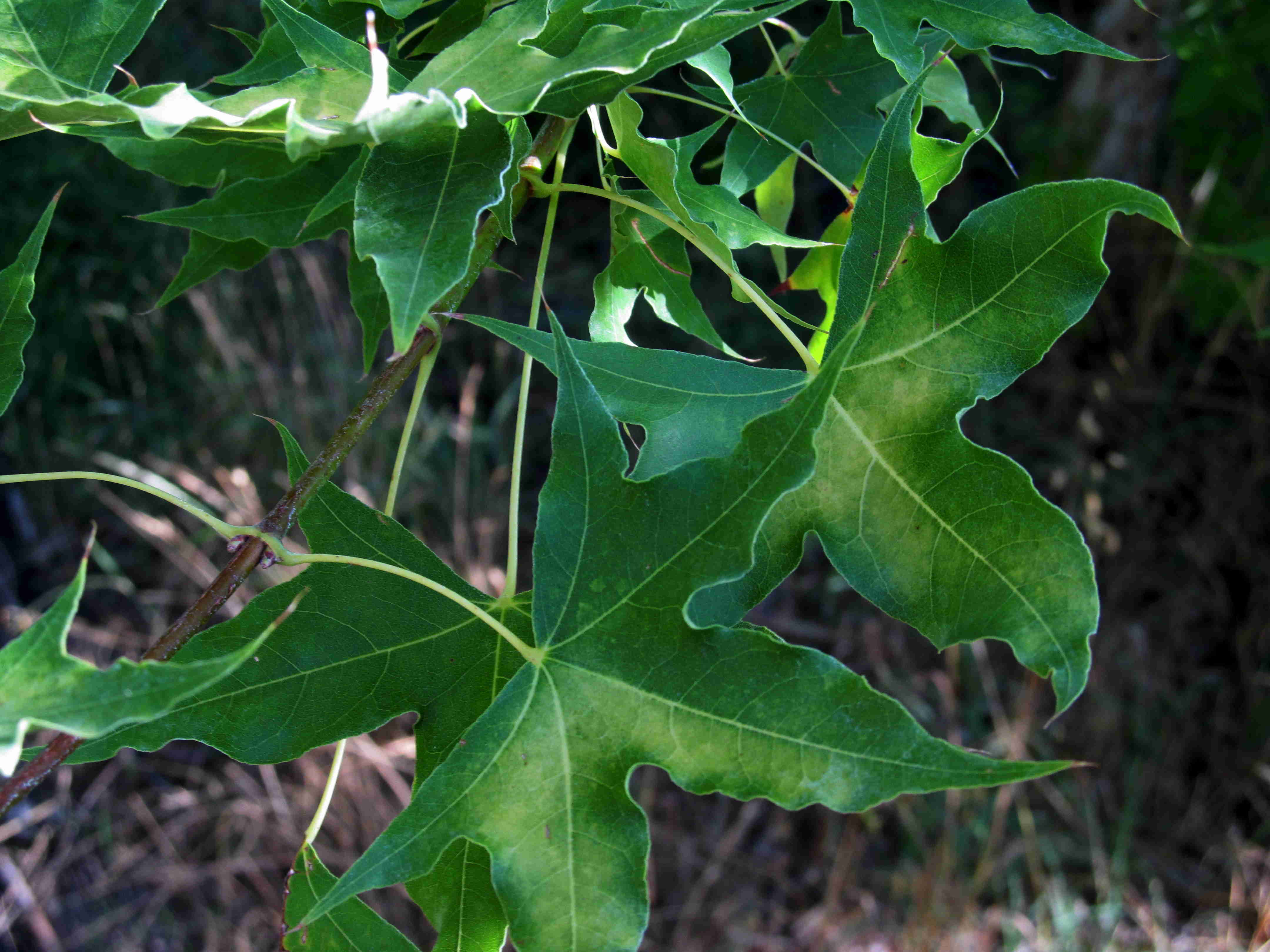 Scorched leaves on a maple
Scorched leaves on a maple
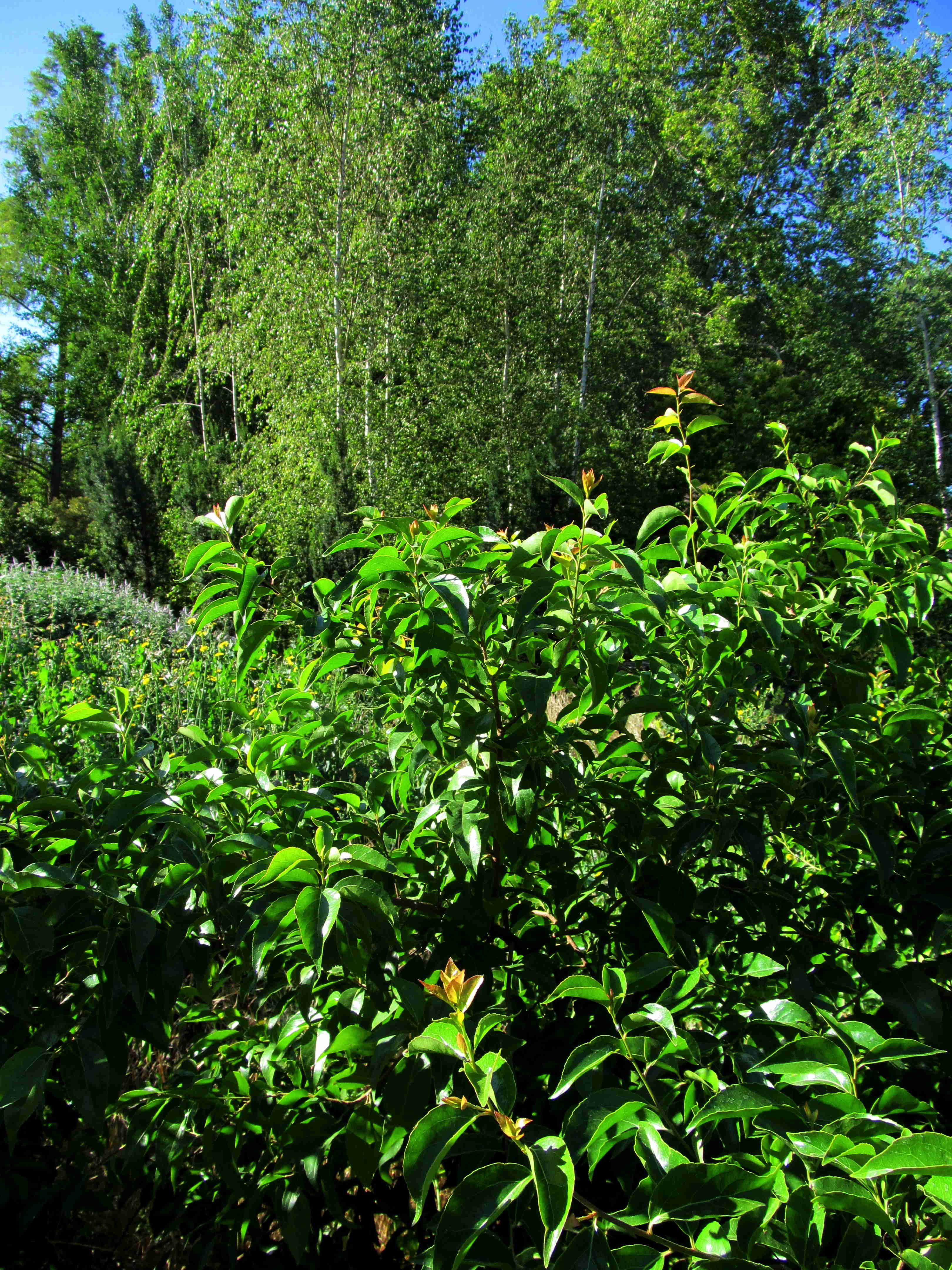 Xylosma congestum
Xylosma congestum
Xylosma
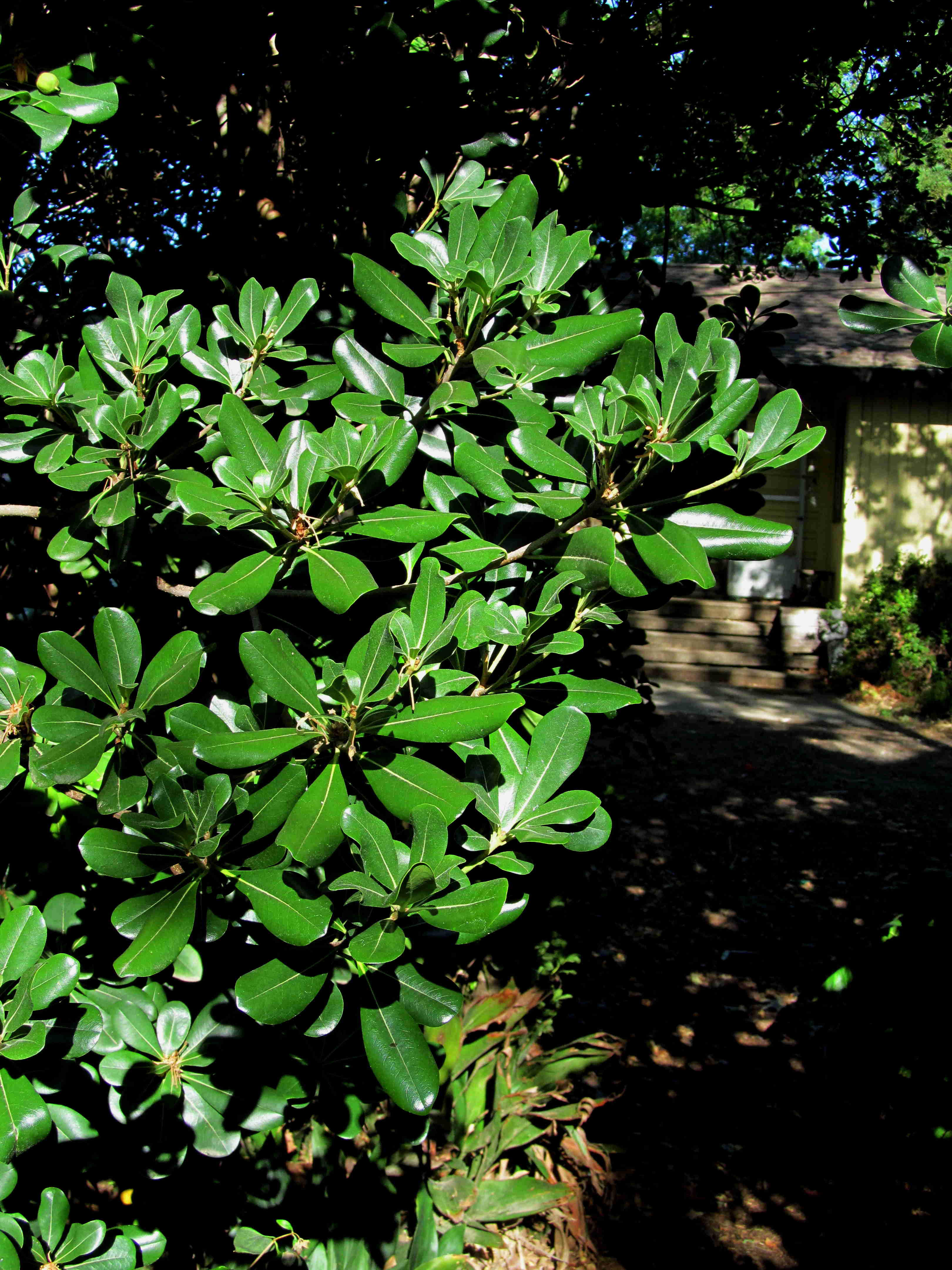 Pittosporum tobira
Pittosporum tobira
Pittosporum
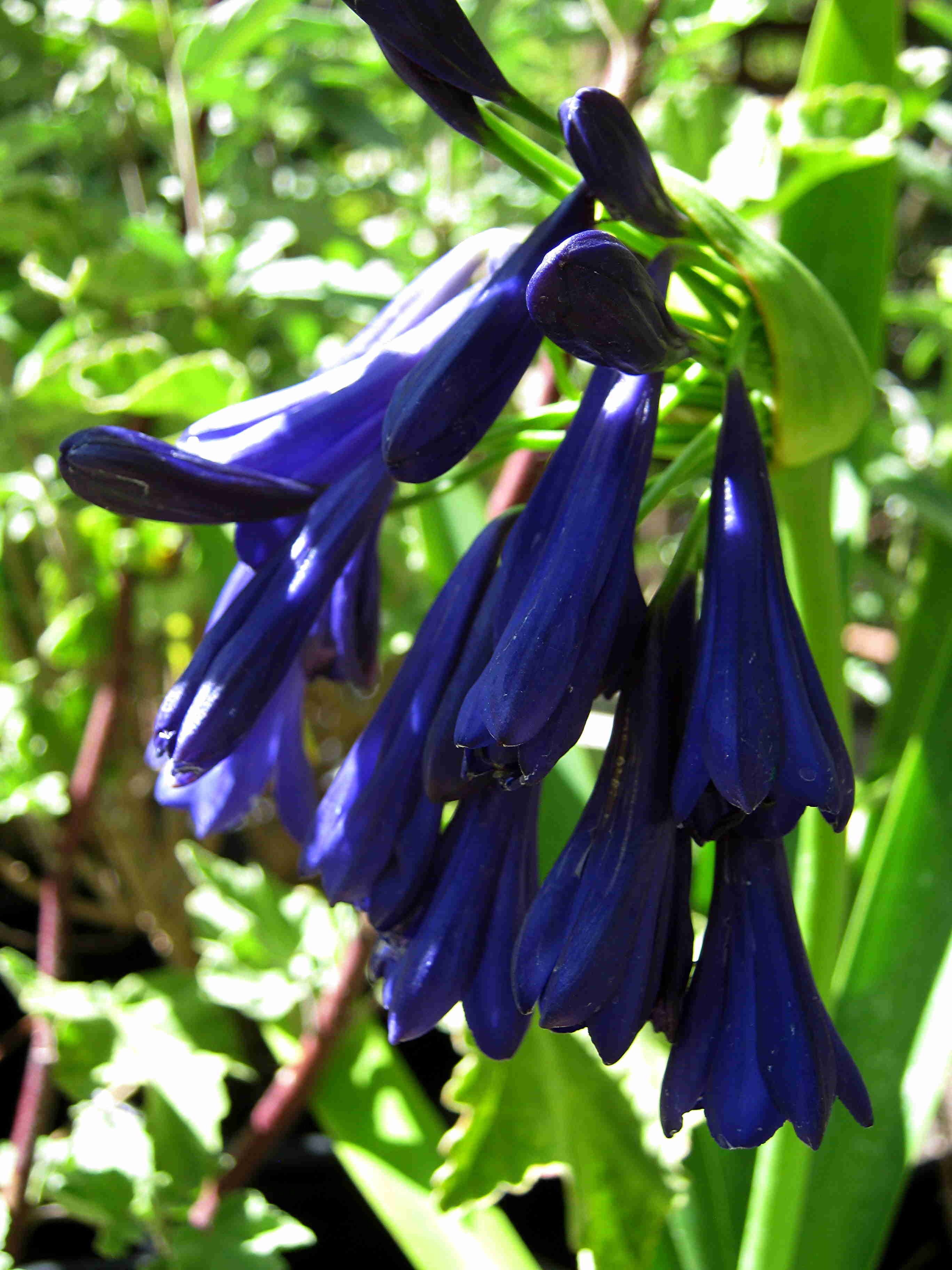 Agapanthus Elaine
Agapanthus Elaine
Lily of the Nile
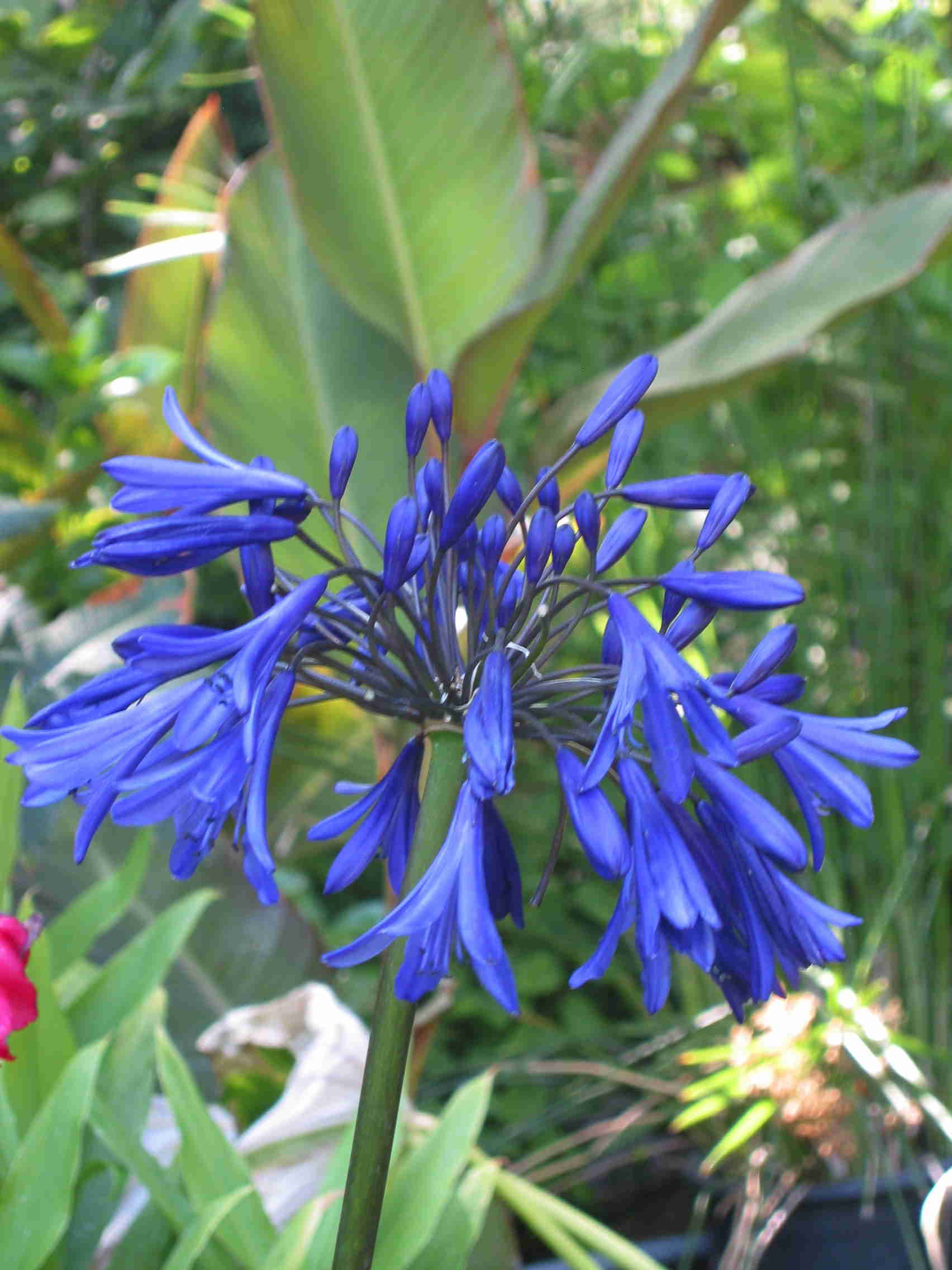 Agapanthus Storm Cloud
Agapanthus Storm Cloud
Lily of the Nile
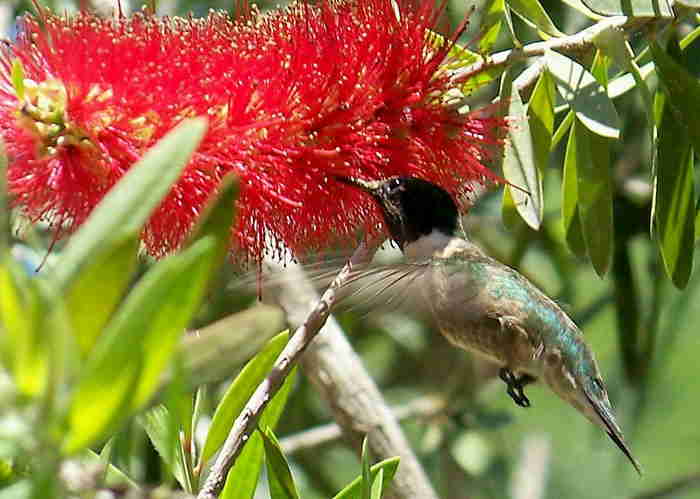 Callistemon citrinus
Callistemon citrinus
Bottlebrush
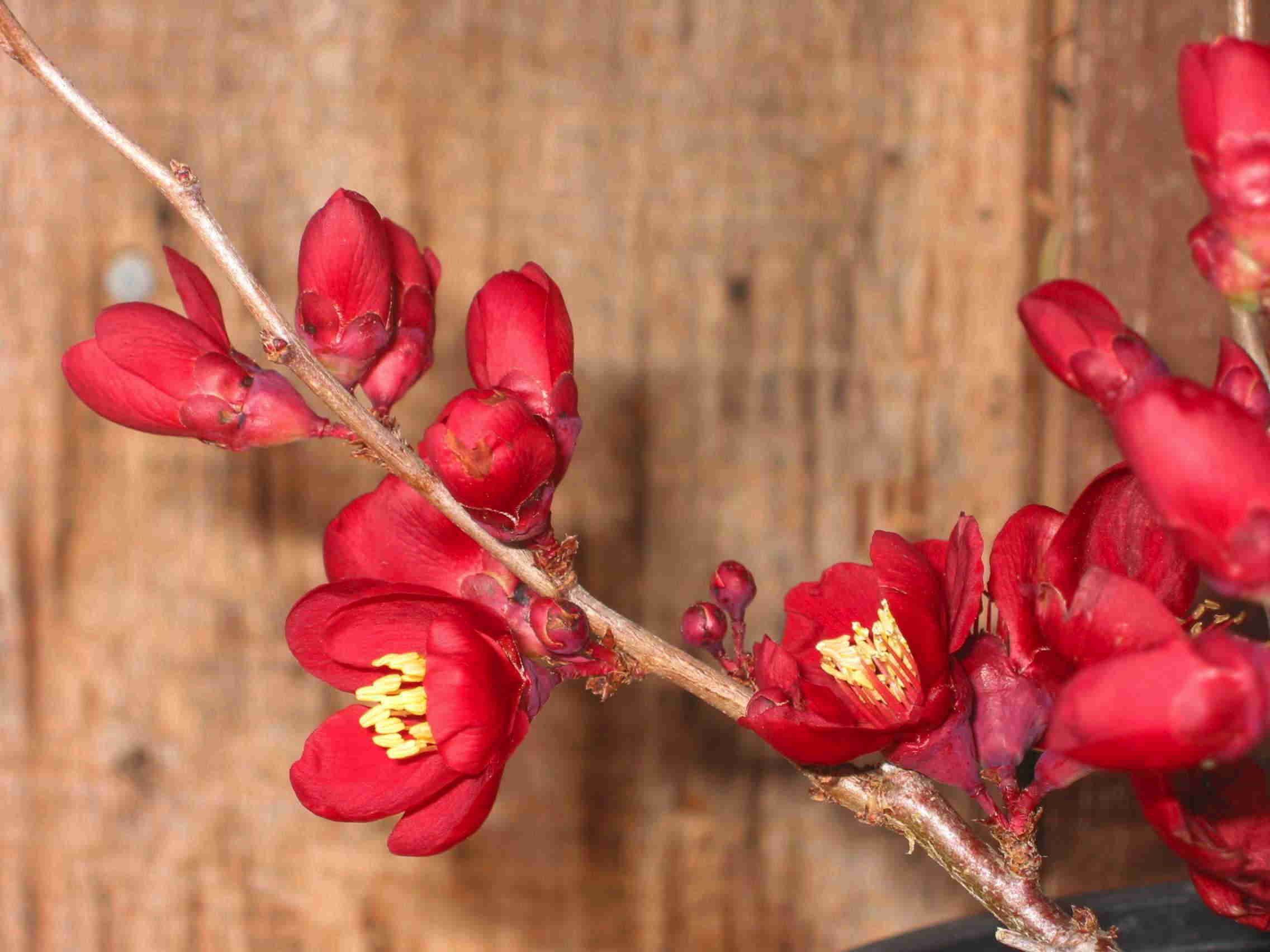 Chaenomeles
Chaenomeles
Flowering quince
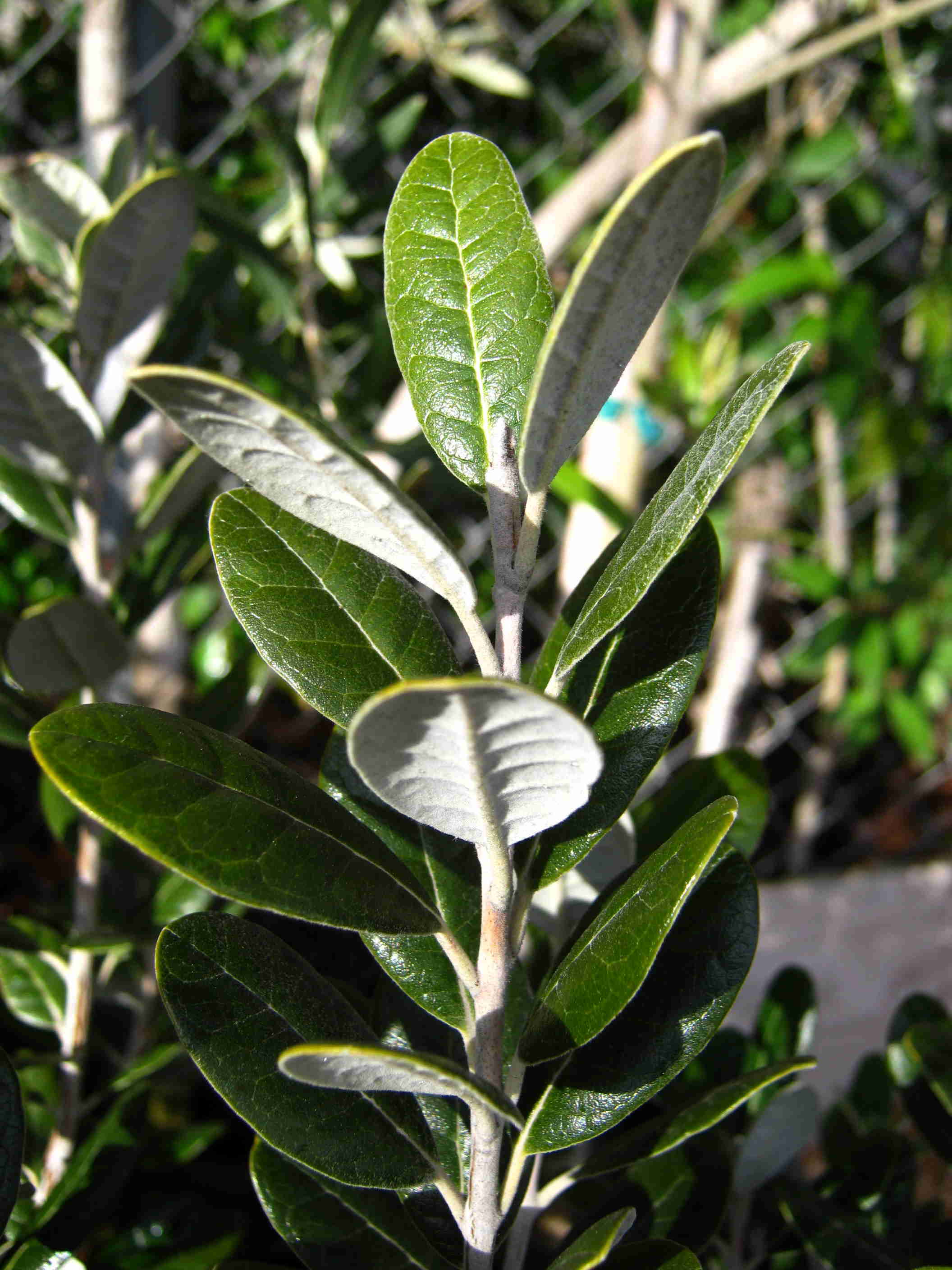 Feijoa sellowiana
Feijoa sellowiana
Pineapple guava
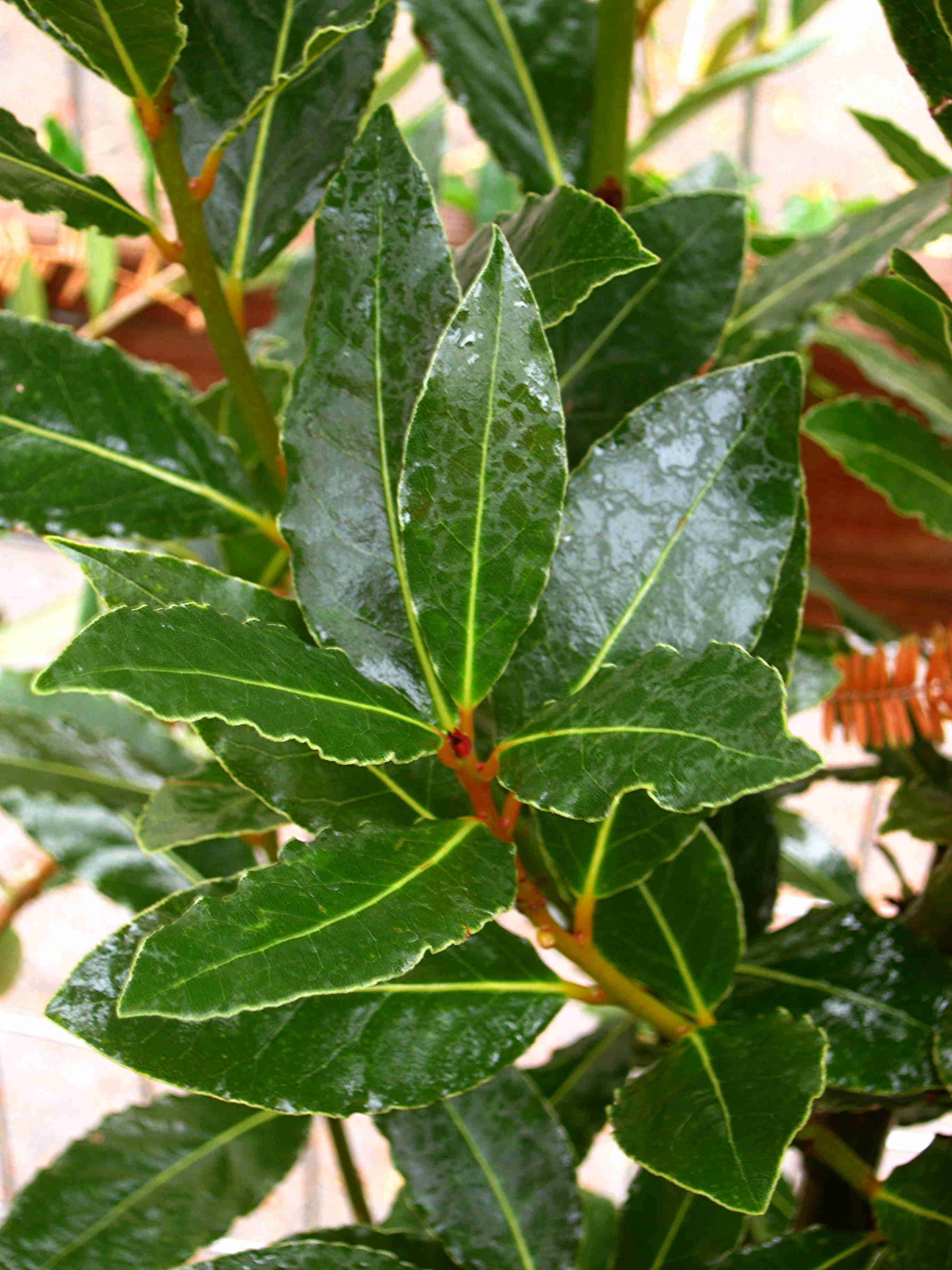 Laurus nobilis
Laurus nobilis
Bay laurel
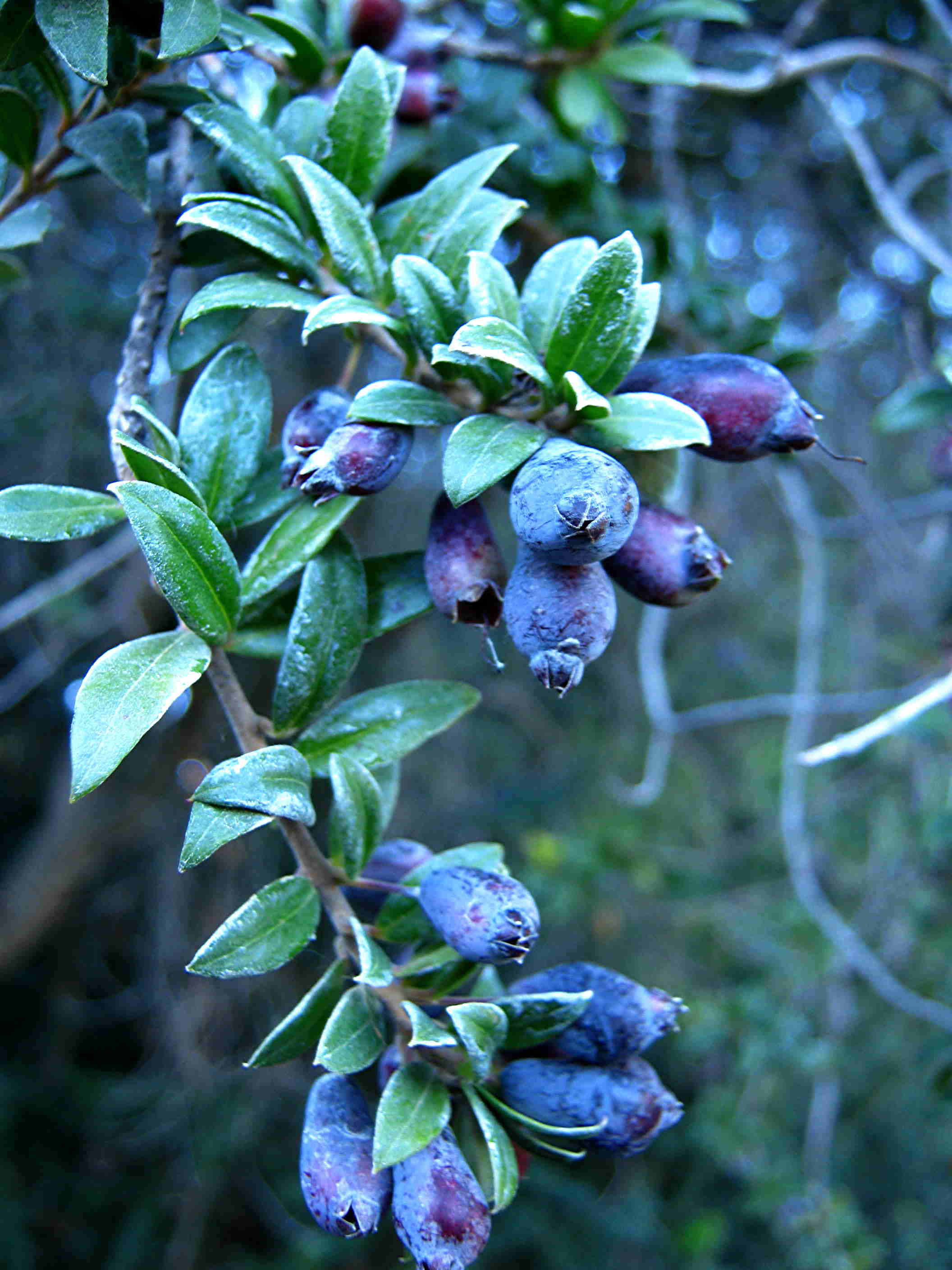 Myrtus communis 'Compacta'
Myrtus communis 'Compacta'
compact Myrtle
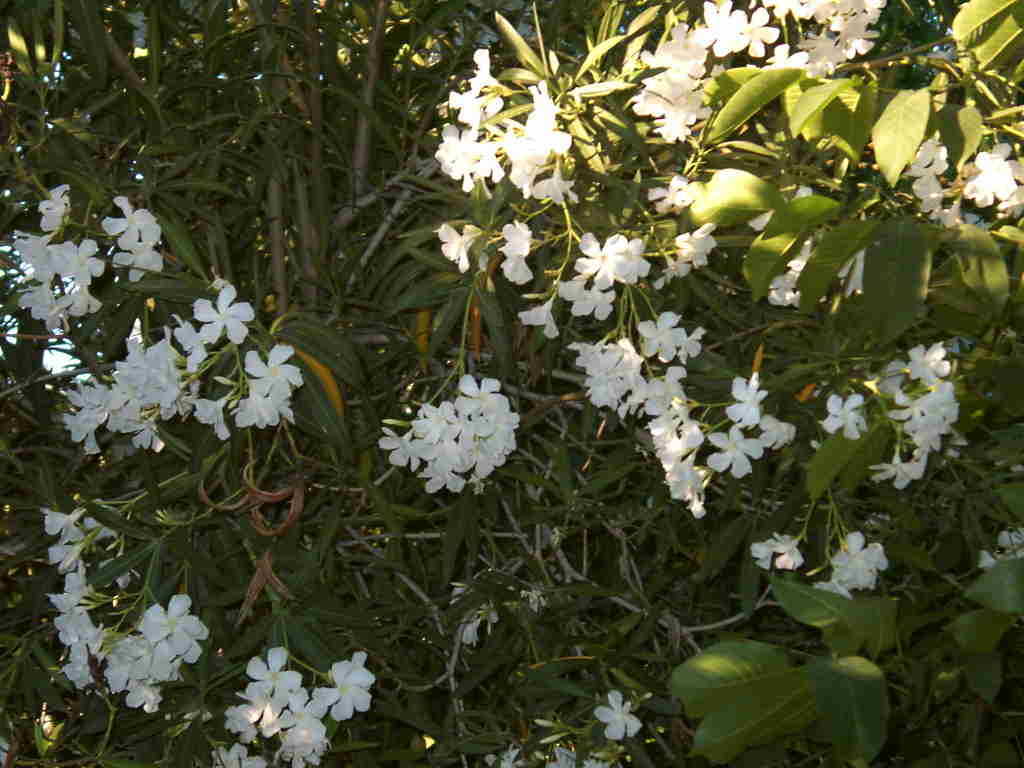 Nerium oleander
Nerium oleander
Oleander
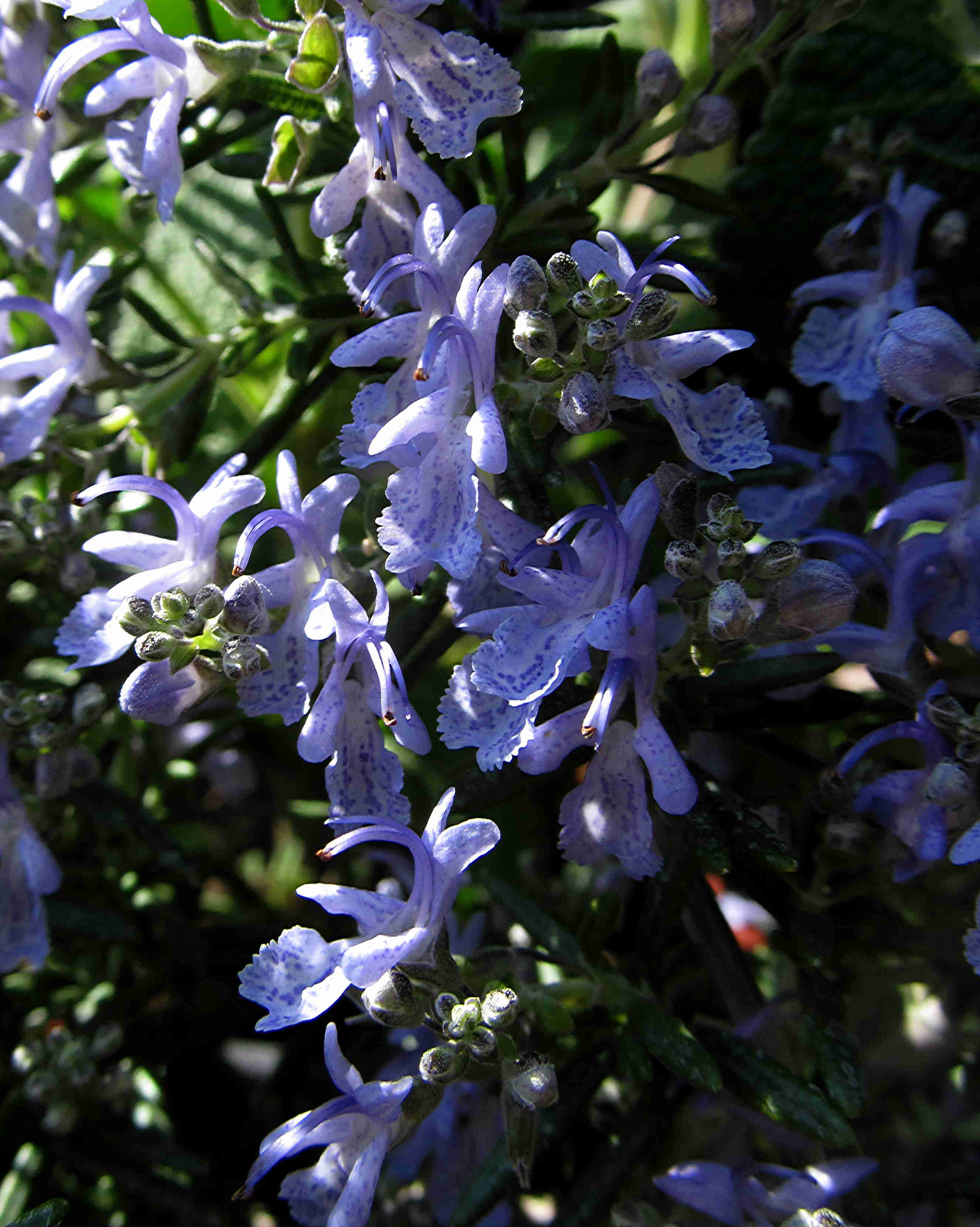 Rosmarinus officinalis 'Irene'
Rosmarinus officinalis 'Irene'
Irene Rosemary
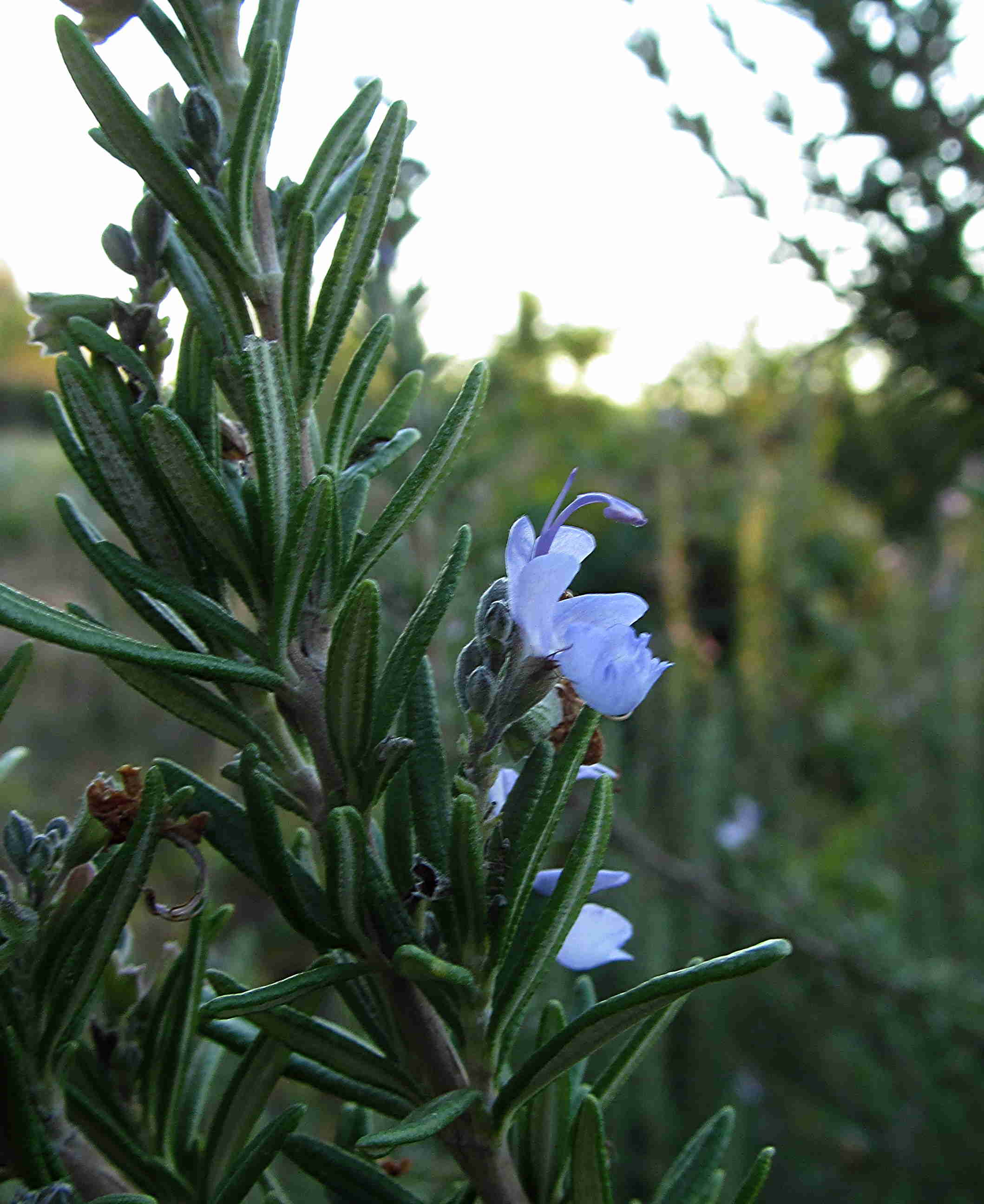 Rosmarinus 'Tuscan Blue'
Rosmarinus 'Tuscan Blue'
Tuscan Blue rosemary
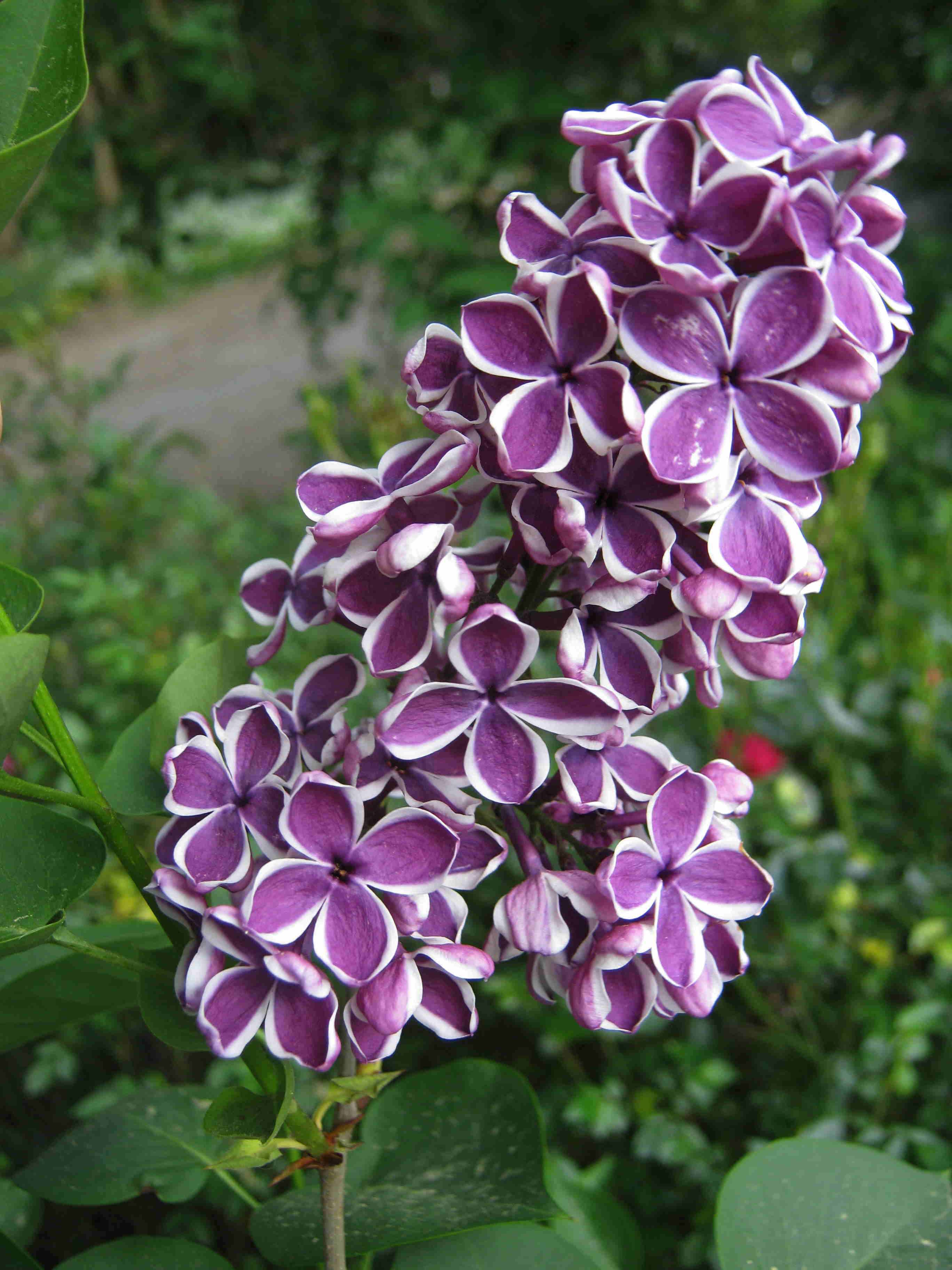 Syringa vulgaris 'Sensation'
Syringa vulgaris 'Sensation'
Sensation lilac
The browning of Davis? Or cactification?
I need to give Bob Dunning credit here. In some of his many (many, many, many ...) recent columns about the water project and water rates, he referred to the 'browning' and 'cactification' of Davis. I've written previously about choices for new plantings or relandscaping for lower water use. Here I want to address the impact on your existing landscape if you cut back your watering, and try to help prevent 'browning'.
I was reminded of this by a recent conversation.
Paraphrasing:
"We just got our water bill and it was $200! And my husband said 'this is going to triple?' and walked out and turned off the sprinklers. Now what?"
Well, if you do that, the first thing you might notice is the 'browning' of your lawn. But I'm getting ahead of myself.
First off, I should probably endorse cactus, up to a point, having grown up with a cactus garden in our front yard (my parents were ahead of their time). "The cactus garden" was what we called it, but that is a bit of a misnomer. Cactus are well known members of the group of plants called succulents: it was a succulent garden. Filled with century plants, aloes, puya, barrel cactus, stapeliads, crown-of-thorns, and even some cholla (jumping cactus), it had a great range of textures and colors.
Cactus can be interesting, and some have incredibly showy flowers. Bob and I both remember when Cactus Corner, west of town, was a real landmark. That was before the 1990 freeze took out most of the plants. Cactus are notable for their thorns, and thus may not be suitable for your landscape situation. But there are lots of thornless succulents that are very attractive. Look for members of these genera: Sedum, Delosperma, Aptenia, Lampranthus. Shiny leaves, low growth habit, and showy flowers make these good replacement candidates for front lawns. These require very little water once established.
There are some interesting and attractive cactus and succulent gardens around town. One on West Eighth St., near Anderson, is an excellent example of a zero-water landscape. But if you don't want that southwestern ambience, consider mixing succulents with other shrubs and trees from low-rainfall climates. Succulents have been incorporated in some of the Arboretum gardens; for example, look for the echeverias in the Ruth Storer garden at the west end of the Arboretum.
Turn off your sprinklers?
Turning off your sprinklers actually can be a very good way to start, if you're willing to use some judgment about when to turn them back on again. Most people are watering too often. Many of your landscape shrubs and trees could get by with far less water than your system is providing.
But do this wisely. You can water more deeply, then less often. I suggest you run your sprinkler system through its entire cycle two or three times, all in one day, before you turn it off. Bank some water. Remember that soils that contain clay or organic material will store water. Do these cycles a couple of hours apart to give the water a chance to soak in.
Identify your plants.
For instance, the woman went on, "we're thinking of just ripping out the Xylosma and Dietes and Pittosporum. I mean, what's the point in watering those at these water rates?"
Indeed. So this gets to the second step of this experiment : identify the plants in your yard, and get an assessment about what their actual water needs are.
I have seen Xylosma and Dietes in nearly unirrigated landscapes. Both are very tolerant of drought, maintaining excellent appearance and, in the case of Dietes, continuing to bloom well. Pittosporum tobira can sustain drought, but the leaves begin to curl and wither, and will scorch during extreme heat. The plant can recover, but appearance will be harmed. But it would probably take three to four weeks without water before it would look bad.
Garden center professionals, master gardeners, and landscape designers can all help you identify the shrubs and trees in your yard so you can know what to expect as you reduce your watering. Clip some samples and bring them in with a notepad. Then you can get the botanical names and do a little research as to what to expect with reduced watering.
Inspect your plants regularly and watch their progress.
Walk through your yard every couple of days and see how things are taking this new regimen. Don't judge plants by their appearance mid-day; many plants wilt in mid-day sun, only to perk up again by evening. After a week or so, are some plants beginning to droop, or drop leaves? Do some leaves look sunburned? Then it's time to run through the sprinkler cycles again. But it is likely that you could water many of your landscape shrubs deeply as little as once a month.
Use some judgment.
We just had some very hot weather for several days. That might be a good time to give everything a thorough soaking! Windy days are even more drying to plants than hot days. When the north wind blows for a couple of days straight, you should probably run your sprinklers.
Do some hand watering.
Some plants will not take to this reduction in watering. Birch trees and Japanese maples are harmed by drought. Rose bushes won't like it. Some flowering shrubs, such as hydrangea and snowball bush, will stress and won't flower as well. Beds of flowering annuals want water every few days.
Identify these higher water users and do some selective hand-watering. Water individual rose bushes while you deadhead them. Wash off the leaves to reduce pest problems, then set the hose at the base of the plant for a little bit while you move to the next shrub. Set up soaker hoses or temporary drip watering systems for the high water users. Don't water everything just because a few plants need special attention.
"Once established."
Most plants are well established in the landscape by their second summer. Younger trees and shrubs need extra watering. If you planted it last fall or this spring, make a basin around the plant and fill that every week or so.
Rethink your lawn.
Sprinklers turned off? The lawn will likely show stress in a week to ten days. After two to three weeks enough of the grass will die that the lawn will thin out, and weeds will invade the bare areas. The nature of the damage will depend on the type of grass you have, so get that identified, too.
This is the time to assess how much lawn you really want. Lawn is your big landscape water user. Perhaps you could reduce the watering on the part furthest from view, especially if that is on a separate irrigation valve. Make that your priority for replacement with lower-water ground covers, or more informal, taller ornamental grasses in a 'meadow' planting, to water less often. Keep the lawn where you actually use it and see it, and replace it where it's less functional.
Some common landscape shrubs and trees that can tolerate considerable drought.
-- Agapanthus
-- Bottlebrush
-- Boxwood
-- Deodar cedar, Incense cedar
-- Italian cypress
-- Euonymus
-- Feijoa
-- Ginkgo
-- Juniper
-- Bay laurel
-- Lilac
-- Myrtle
-- Oleander
-- Pines
-- Chinese pistache
-- Flowering quince
-- Rosemary
-- Strawberry tree
-- Wisteria
-- Xylosma
Special notes:
-- Most street trees can tolerate considerable drought.
-- Crapemyrtles are moderately drought tolerant, but severe drought will reduce the quality and duration of bloom.
-- Fruit trees can be watered deeply as little as every three to four weeks. Pomegranates, figs, and jujubes need little or no water once established.
May scorch and look unsightly during heat waves if drought stressed:
-- Nandina
-- Pittosporum
-- Star jasmine
-- Privet.
Not drought tolerant:
-- Birch trees.
-- Calleryana pears.
-- Maples, especially Japanese maple. Some species are more tolerant than others.
-- Magnolias.
-- Roses look best if watered regularly, but will recover from drought.
-- Many flowering shrubs: Forsythia, Deutzia, Hydrangea, Spiraea, Weigela.
-- Coast redwood.
Most of the damage you see from drought stress is cosmetic. Many plants will recover and put on new growth once they're watered again. The goal of all this is to get your watering more in tune with the actual needs of the different plants in your yard. Water deeply, less often.
© 2013 Don Shor, Redwood Barn Nursery, Inc., 1607 Fifth Street, Davis, Ca 95616
www.redwoodbarn.com
Feel free to copy and distribute this article with attribution to this author.
Click here for Don's other Davis Enterprise articles
